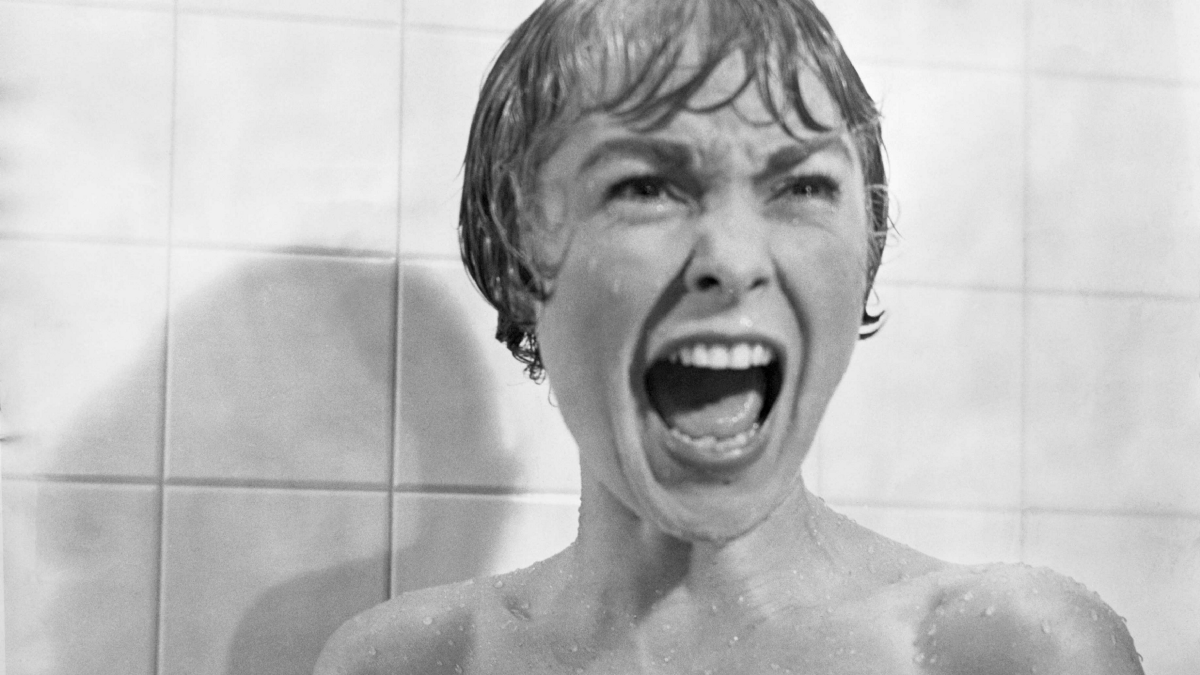In this section of the Colossus Movie Guide for Psycho, we look at the key shots that help us understand the film.
Key shots of Psycho
The voyeuristic opening
As we discussed in the Themes and Meaning section, voyeurism plays a huge role in Psycho. Marion constantly feels she is being watched, which accentuates her guilt and the out-of-placeness she feels in the world. Hitchcock announces this theme at the very beginning of the movie, as the camera pans across the city of Phoenix into a hotel room where Marion and Sam are sharing an afternoon tryst. Marion feels anxious about their sexual relationship, as they’re not married and Sam has debts.
This opening shot immediately announces the idea of feeling watched, like society is judging you for your actions and life decisions. This sort of behavior was looked down upon in the 1950s, leading up to Psycho‘s release in 1960. Marion and Sam are secretive and hush-hush during their lunch break, worried that the world will find out about them. They want to love each other, but also don’t want to deal with the inevitable shame they’ll experience.
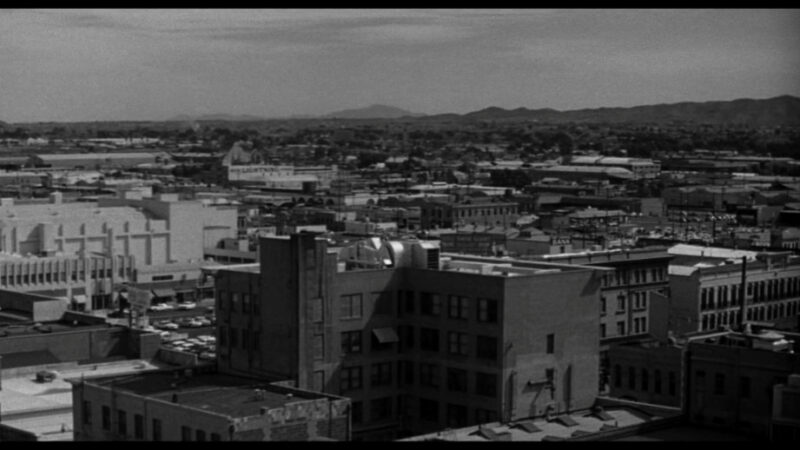
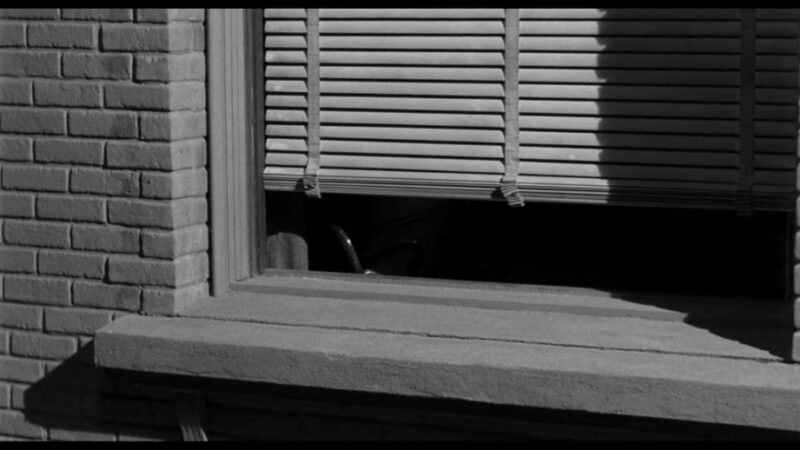
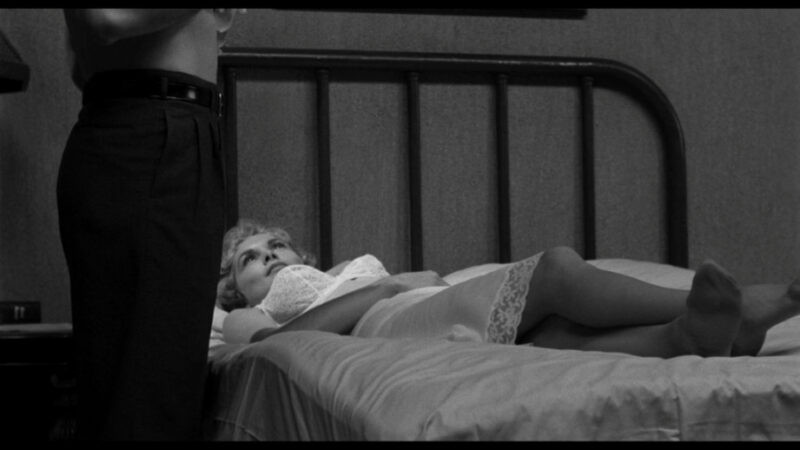
Marion and Norman’s sinister smiles
The theme of madness is bookended in Psycho. In the beginning, Marion goes a little mad when stealing Tom Cassidy’s $40,000. While driving, she imagines what people will say about her. At first she seems frightened, but slowly grows confidence and attitude thinking about Cassidy’s anger, going as far to give a sinister smile.
This exact smile is then mimicked at the end of the movie when Norman is sitting in the police station, waiting to pay for his crime. This juxtaposition posits that a “psycho” can exist within anyone, even the most seemingly ordinary of people. Marion could have very well ended up like Norman before she had her change of heart—but her own self-amnesty couldn’t save her from the evils of the world.
The kicker? The skeleton of Norman’s mother is then superimposed over Norman’s smiling face. It’s almost as if Hitchcock is noting the path of madness—how psychosis is born from the trials and tribulations of our past. It becomes a reflective statement about society, how we must work to find the root of madness and defeat the dark thoughts that take over.

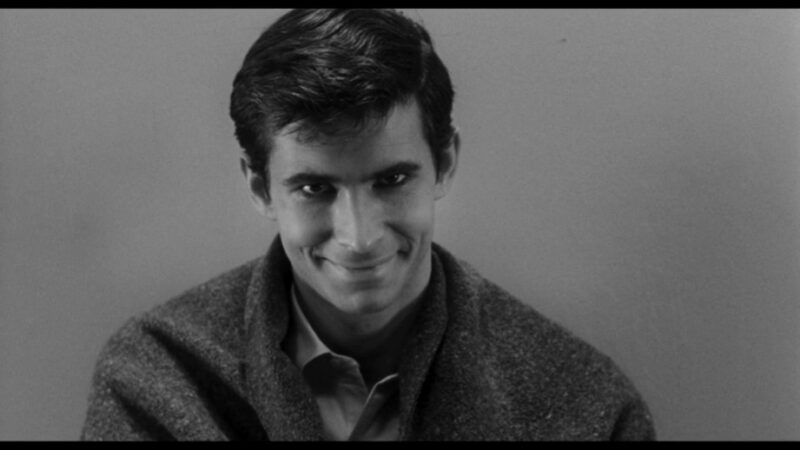

The birds in Norman’s study
As we discussed in the Important Motifs section, birds often signal something ominous is afoot in Hitchcock movies. In the case of Norman’s office, the taxidermied birds become indicative of his personality and struggles with humanity. Norman claims he doesn’t know much about live birds, but knows all about stuffing birds. This becomes reflective of his own life, as he connects more with a dead woman (his mother) than any living person in the world.
The birds in his study signal important elements about the characters. For instance, these stuffed birds recall Norman’s dead mother, who—from inside Norman’s own deranged mind—overbearingly watches over Norman and comments on his day-to-day life. The birds are also framed watching over Marion, visually securing her fate at the hands of such a twisted man’s insanity.
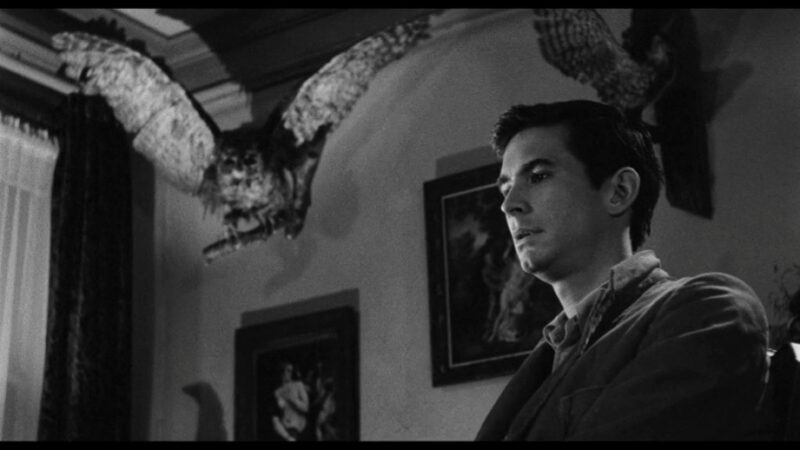
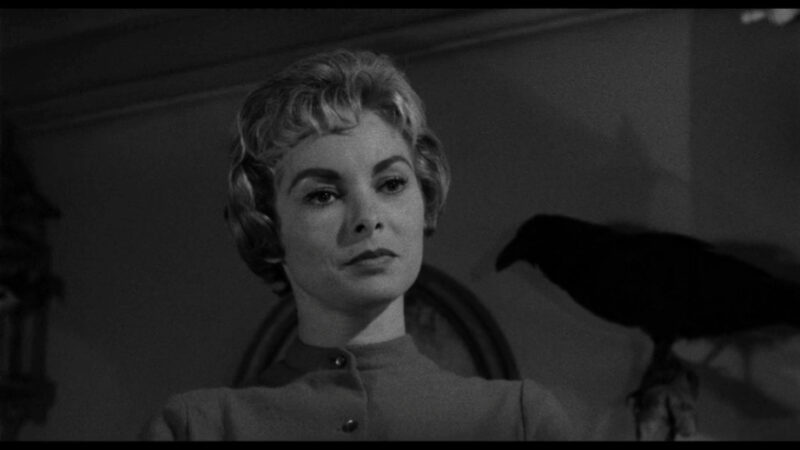
Susanna and the Elders
Here we’ll find an interesting little detail included by Hitchcock that could evade even the most trained of viewers. The painting that hides Norman’s peep hole is Artemisia Gentileschi’s “Susanna and the Elders.” This work of art depicts chapter 13 in the Book of Daniel, when two elderly men spy on a young woman named Susanna. The two men coerce their way into Susanna’s house and demand sexual favors from her. And when she refused, they publicly accused her of adultery—which was punishable by death. But after the two men’s stories fail to line up, she is cleared of all charges.
Interestingly enough, Norman mimics this exact pose at the end of the movie when Sam prevents Norman from stabbing Lila. This creates a strange wave of juxtaposition, as a painting depicting an innocent accused of doing an immoral thing is what allows Norman to do an immoral thing. Yet, Norman’s pose at the end of the movie suggests that he was accused of something he wasn’t guilty of.
This brings nuance and clarity to Norman’s character, to the themes of the film. People like Marion and Norman are both guilty and innocent. Yes, Marion stole the money—but it was only because she felt trapped, like she could never break free from the stranglehold she felt from society. And yes, Norman murdered and spied on Marion—but his psychosis is the result of years of trauma and loneliness. This cruel world can drive people to do mad, heinous things. Understanding the root of such madness and finding a compassionate solution should be of the utmost importance.
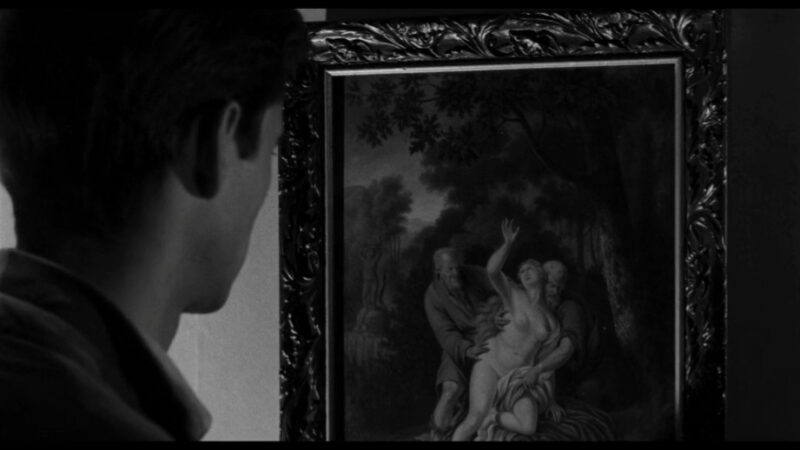
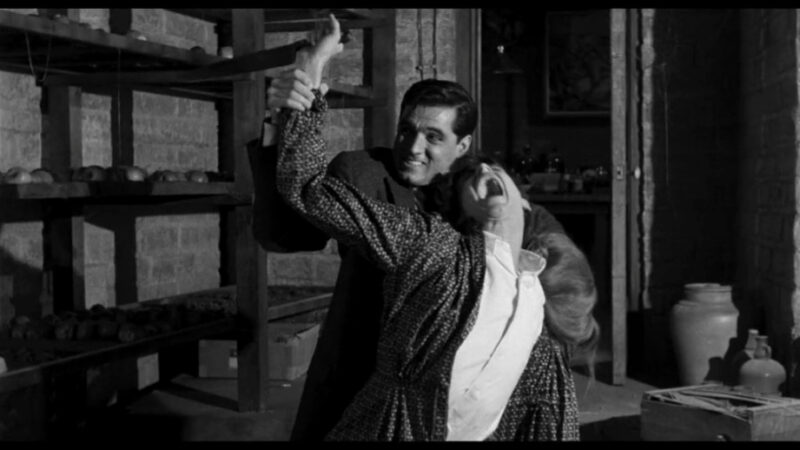
The eyes of a dead woman
Much like Marion’s sinister smile is mimicked by Norman’s smile at the end of the movie, there’s a visual connection between Marion and Norman’s dead mother as well. After Norman murders Marion, she falls to the bathroom floor. The camera then fixates on her dead gaze. Those lifeless eyes are recalled at the end of the movie when we see the corpse of Norman’s dead mother.
Eyes are an important motif in Psycho, indicative of the all-knowing watchful glare that permeates society. Marion feels shame and judgement for the crime she’s committed, and eventually decides to turn herself in for stealing $40,000. But Norman, acting as his virtuous mother, punishes Marion for her sin before she has the chance to amend. The shared lifeless look that Marion and Norman’s mother share indicates the cycle of “the all-knowing eye.” The mother may be gone, but the harmful, close-minded values she instilled in Norman persist. That looks becomes emblematic of how moralistic judgement is deeply entrenched in society, causing casualties long after the instigators of said judgement have left this earth.
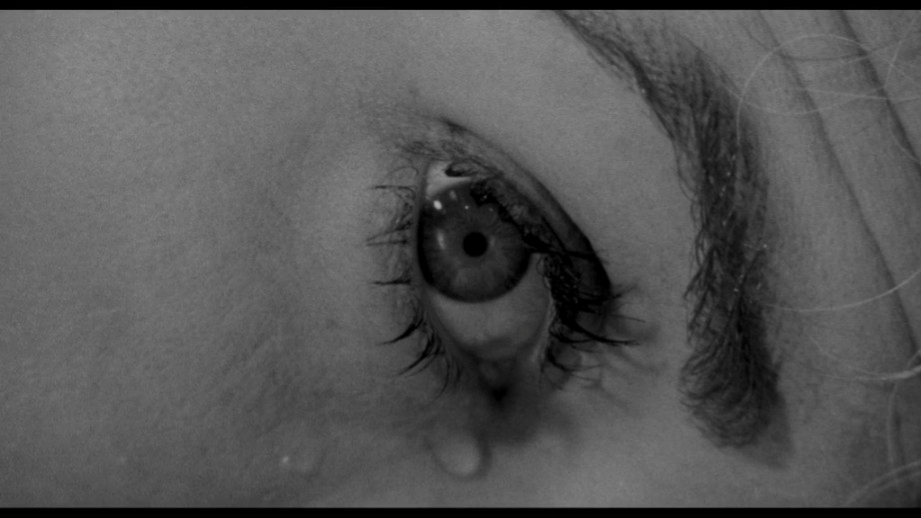
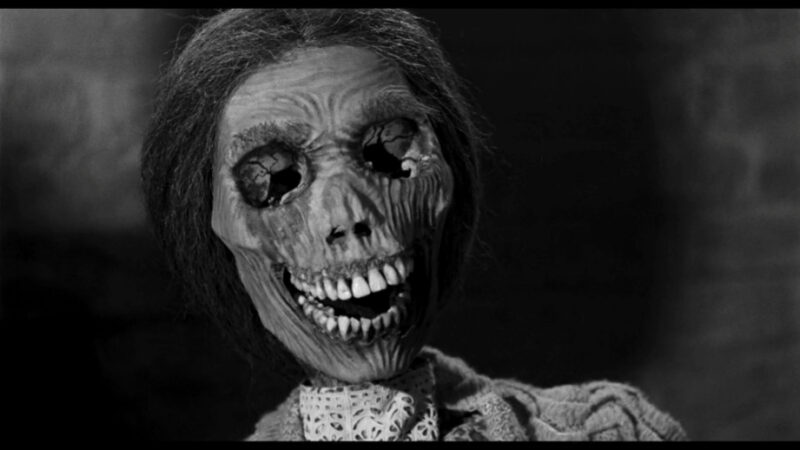
What are your thoughts?
Are there more shots you think should be part of the Colossus Movie Guide for Psycho? Leave your thoughts below and we’ll consider adding them.

